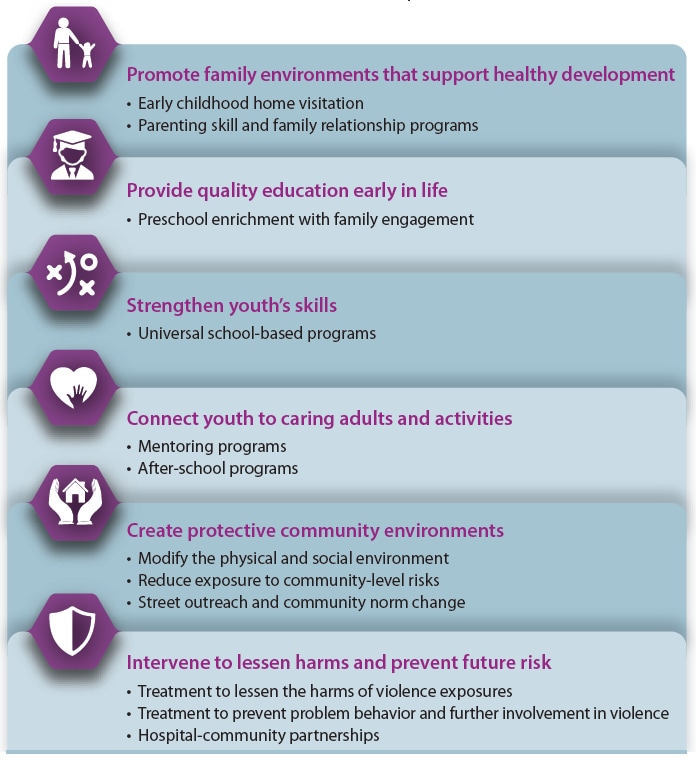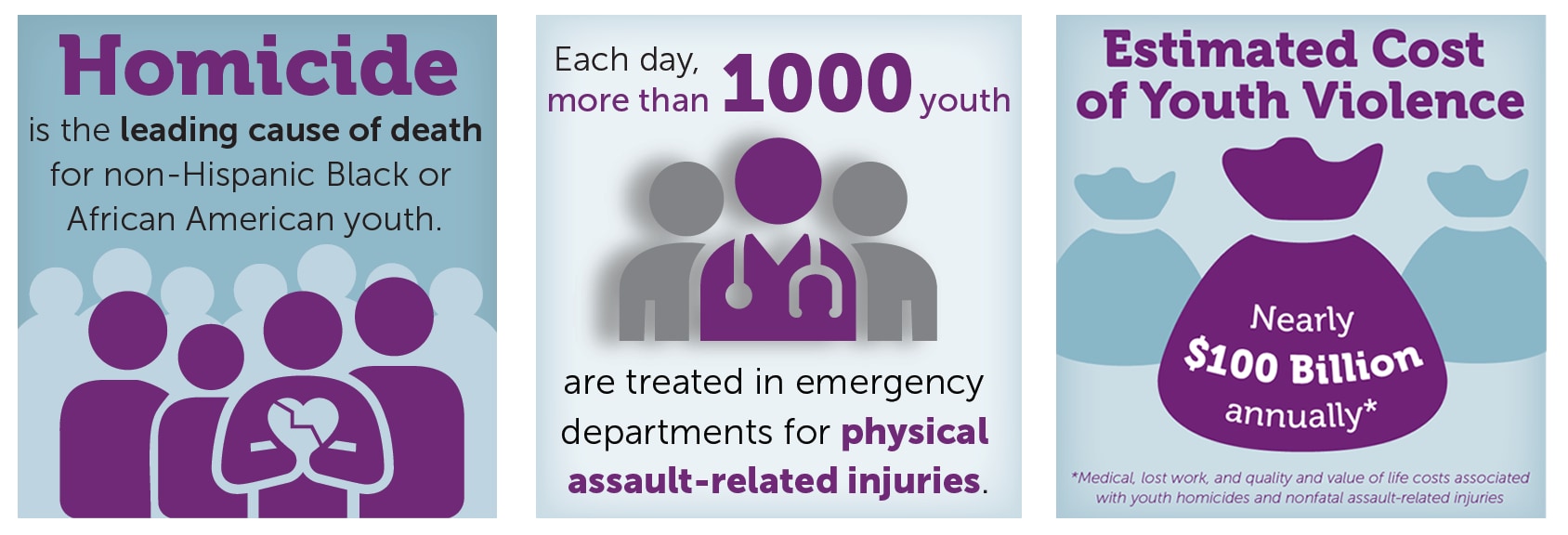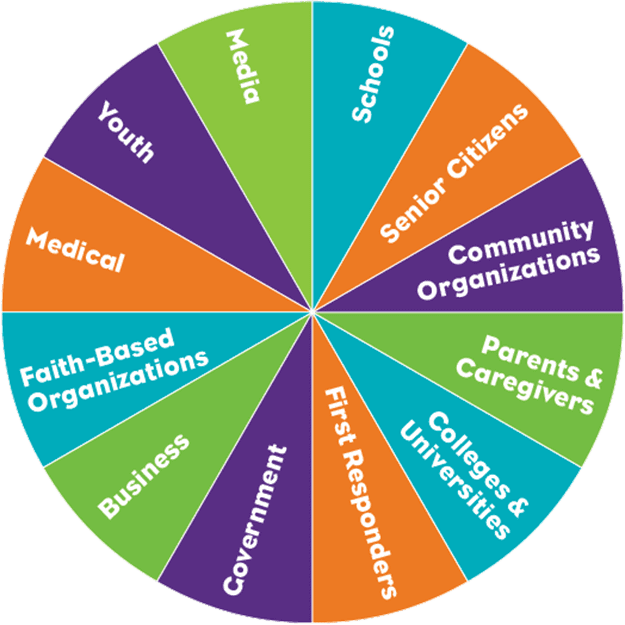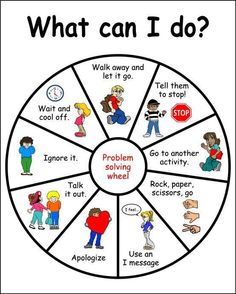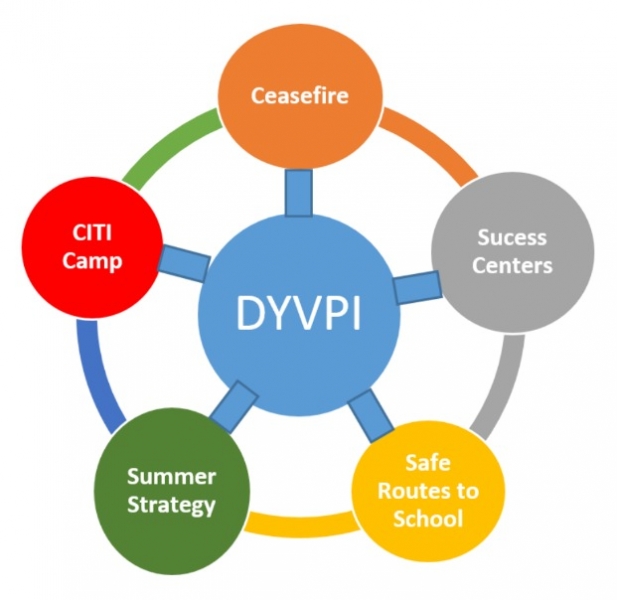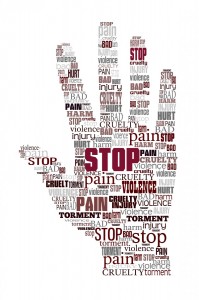First Class Info About How To Reduce Youth Violence

Functional family therapy (fft), multidimensional treatment foster care (mtfc), and multisystemic therapy® (mst) treatments are available for young people with histories of.
How to reduce youth violence. By promoting a culture of respect and nonviolence with children and youth at an early age, child welfare professionals hope to prevent future violent behavior. The national initiative to prevent youth violence reports that supportive parents and other principal care givers can reduce the likelihood of. Laws, policies, and strategies to reduce youth alcohol consumption may include limits on commercial availability by managing outlet density and days and hours.
Up to 30% cash back encourage your teen to join positive youth development programs. (when is the last time you engaged in healthy exercise or eating. All young people deserve to grow up safely and thrive.
An overview of the evidence. School counselors and child and adolescent mental health providers should be familiar with the warning signs of youth violence and refer teens for services right away. Prevention efforts should aim to reduce factors that place youth at risk for perpetrating violence and promote factors that protect youth at risk for violence.
A comprehensive technical package for the prevention of youth violence and associated risk behavior pdf icon [4.09 mb, 64 pages, 508]. Community outreach and youth empowerment are two. They help reduce violence in youths, as they keep them occupied with useful activities.
In fact, data from unicef. Repeated exposure to traumatic events increases the risk of youth violence. Key to solving the problem of violence in schools is also acknowledging that we (youth) are huge contributors to the issue.
Hold parents accountable for youth violence: Stryve is cdc’s national initiative to prevent youth violence. Stryve helps communities take a public health approach to preventing youth violence—stopping it before it even starts.
